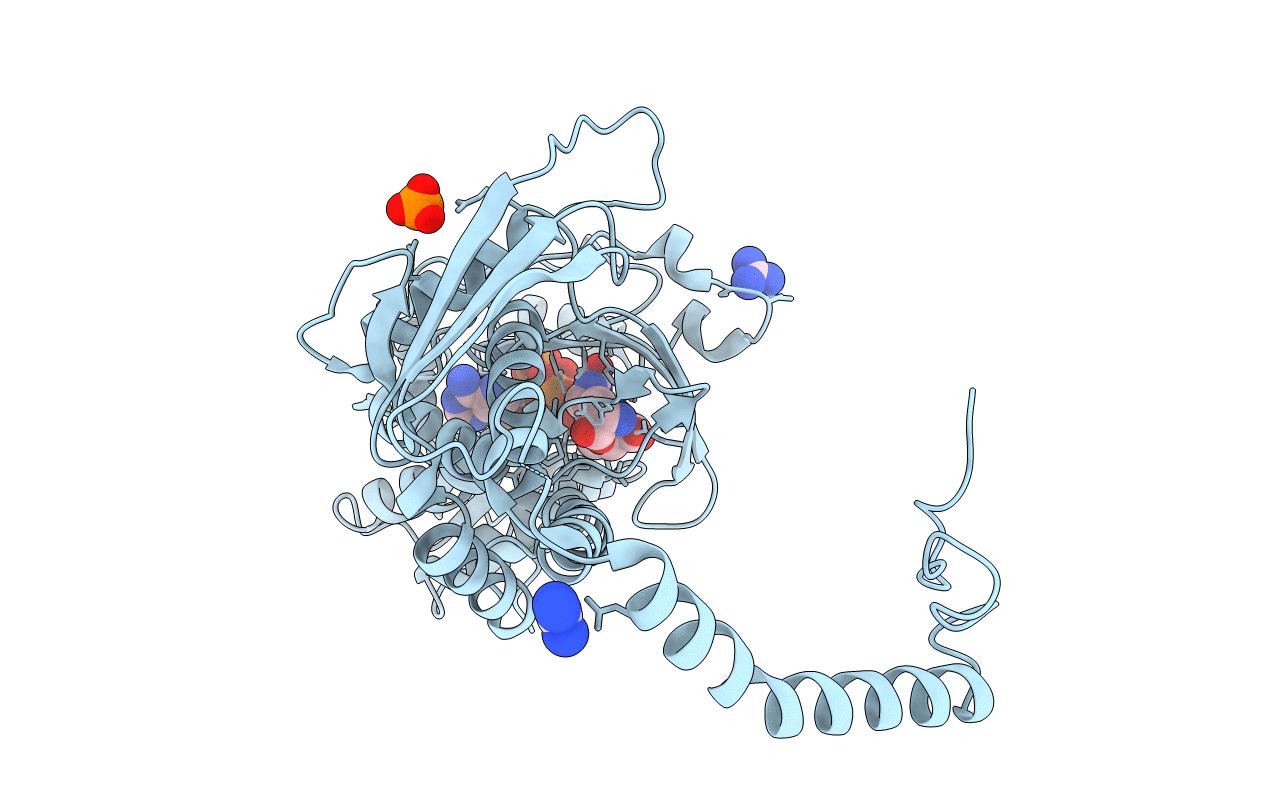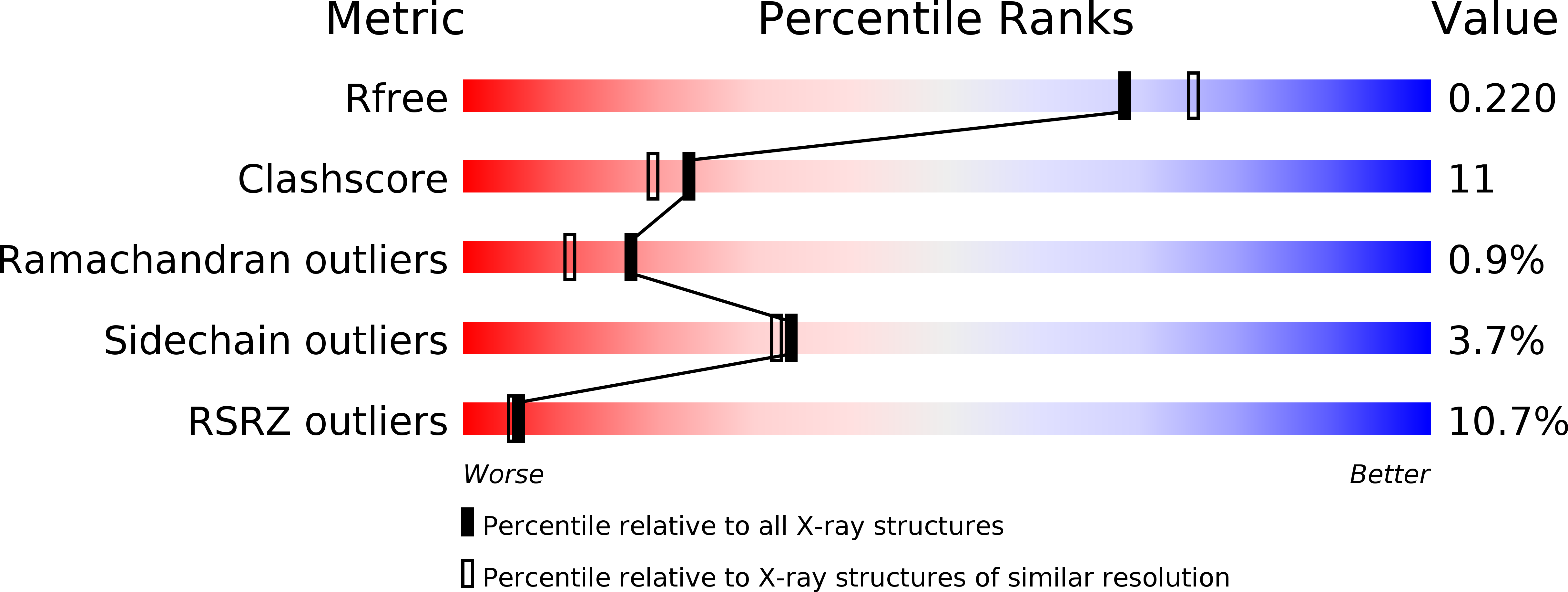
Deposition Date
2001-12-27
Release Date
2002-04-17
Last Version Date
2023-11-15
Entry Detail
PDB ID:
1KP3
Keywords:
Title:
Crystal Structure of E. coli Argininosuccinate Synthetase in Complex with ATP and Citrulline
Biological Source:
Source Organism:
Escherichia coli (Taxon ID: 562)
Host Organism:
Method Details:
Experimental Method:
Resolution:
2.00 Å
R-Value Free:
0.22
R-Value Work:
0.19
R-Value Observed:
0.19
Space Group:
I 2 2 2


